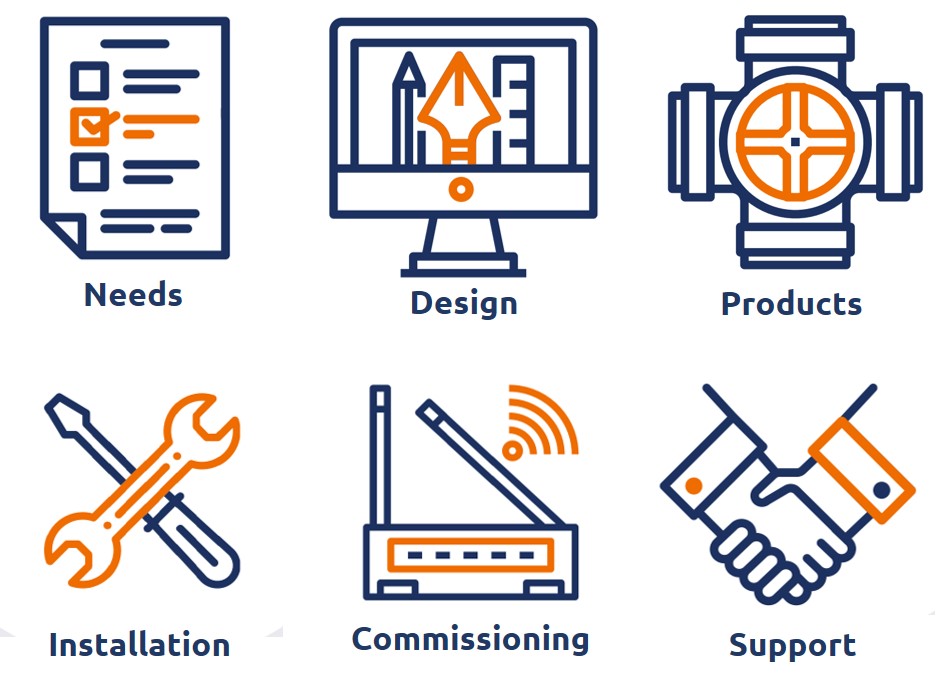
Introduction
Contact Hydrosol for home energy advice for your new building project. Explore options to improve your thermal performance Star Rating and ‘Whole of Home” energy assessment. This includes choices for your building design and energy-efficient appliances.
It is now a requirement of the National Construction Code (NCC) in Australia to have thermal performance of at least 7 Stars and a ‘Whole of Home’ rating of at least 60%. Advice at the design stage will assist you to:
- Determine your most cost-effective options
- Ensure compliance with the NCC
- Save time and money with your Star Rating assessment
There are many new electric technologies coming onto the market. Consideration of your own preferences and budget is important too. Therefore, we take a holistic approach to help you determine your needs and hence your design.
Advice Covers
Contact Hydrosol for advice covering the following:
- Thermal performance of your home
- Heating, cooling and water heating options
- Pool heating options if relevant
- Other plug-in appliance options
- Solar power and battery storage
- Referrals for supply and installation
For existing homes, we can develop a plan with indicative pricing and time line that fits with your budget and needs. This could possibly run over several years as your family budget allows.
Project Type
Hydrosol’s advice is tailored to your project type including the following:
- A new building offers the greatest scope for high performance design.
- Renovations provide scope to fix thermal performance issues with your existing house.
- Going off gas requires an estimation of your heat load to ensure that replacing gas appliances with electrical appliances will work for you.
- Going off grid requires the most careful evaluation. This is becoming more popular thanks to new electric technologies in power generation and electric appliances.
- A Staged Plan over time is a great approach if you have budget constraints.
Add value to your house by improving thermal performance, installing solar power and switching to electric heating, cooling and hot water.
Climate
Consider hydronic heating and cooling with solar power if you live in a cool temperate climate with cold winters and dry summers. This is the typical climate of Southern and inland Australia.
Hydronic Heat Pumps
Heat pumps provide hydronic heating and cooling in reverse cycle, ideally powered by solar. In summer, heat pumps absorb indoor heat in reverse cycle and transfer it outside.
Hydronic heat pumps transfer heat very efficiently because water is 3,300 times more effective at transferring heat than air. This is why hydronic heat pumps only need small water pipes for underfloor hydronic circuits or radiators.
Hydronic heating and cooling using a heat pump offers these advantages:
- Ideal for all-electric homes
- Ideal for cool temperate climate
- Ideal for solar power
- Low operating costs
- Low greenhouse emissions
- Allergen free
- Most comfortable radiant heat
- Cooling in reverse cycle
- Adds value to your house
- Silent indoors
Air Conditioning
Air conditioners are a cost effective, all-electric means of heating & cooling using your solar power. Choose between Split, Multi-Split, VRV/VRF and Ducted systems depending on your needs, budget and house design.
Consider combining air-conditioners in bedrooms with radiant hydronic heating and reverse cycle cooling in living rooms.
Ventilation
HRV systems reduce heat loss in winter and heat gain in summer.
Install a Heat Recovery Ventilation (HRV) system if your house is very air tight. This is most important if the thermal performance rating of your house is 7 Stars or more. Air exchange is also important to reduce air borne allergens and even viruses as we have seen with the Corona Virus in 2020.
Make your house feel fresh and airy with HRV systems.
Solar Power
Combine your heat pump or air conditioner with solar power to reduce your operating costs and greenhouse emissions.
Batteries
Install a solar power battery to absorb your excess solar power during the day. Use this power after sundown for your electric cooking and other non-discretionary plug-in appliances.
Install a larger buffer tank with your heat pump as an additional thermal battery.
Your solar and thermal batteries will transfer stored electrical and thermal energy heating and cooling at night.
Ceiling Fans
Install ceiling fans to improve your hydronic heating and cooling system. Fans in winter mode will slowly recirculate rising heat reducing your heating costs by around 15%.
Fans in summer mode will make you feel about 4 degrees cooler. Therefore, you can increase your inside set temperature to reduce your heating costs.
Supplementary Heating
Add supplementary heating sources if possible or opportune. If you have low cost access to firewood then fireplace wetbacks are opportune. These are water jackets installed inside a firebox or around a chimney flue. They provide supplementary heat to the buffer tank when heat is available.
Passive heat radiation through windows is a free but variable heat source.
A heat pump can compensate for variable heat sources by increasing or decreasing its heat input automatically.
Other considerations
Other points for all-electric heating and cooling advice:
- Managing your solar power
- Thermal performance of your house
- Solar battery pricing and capacity
- Thermal battery capacity
- Equipment installation
- Site issues
- Budget
- Planning
